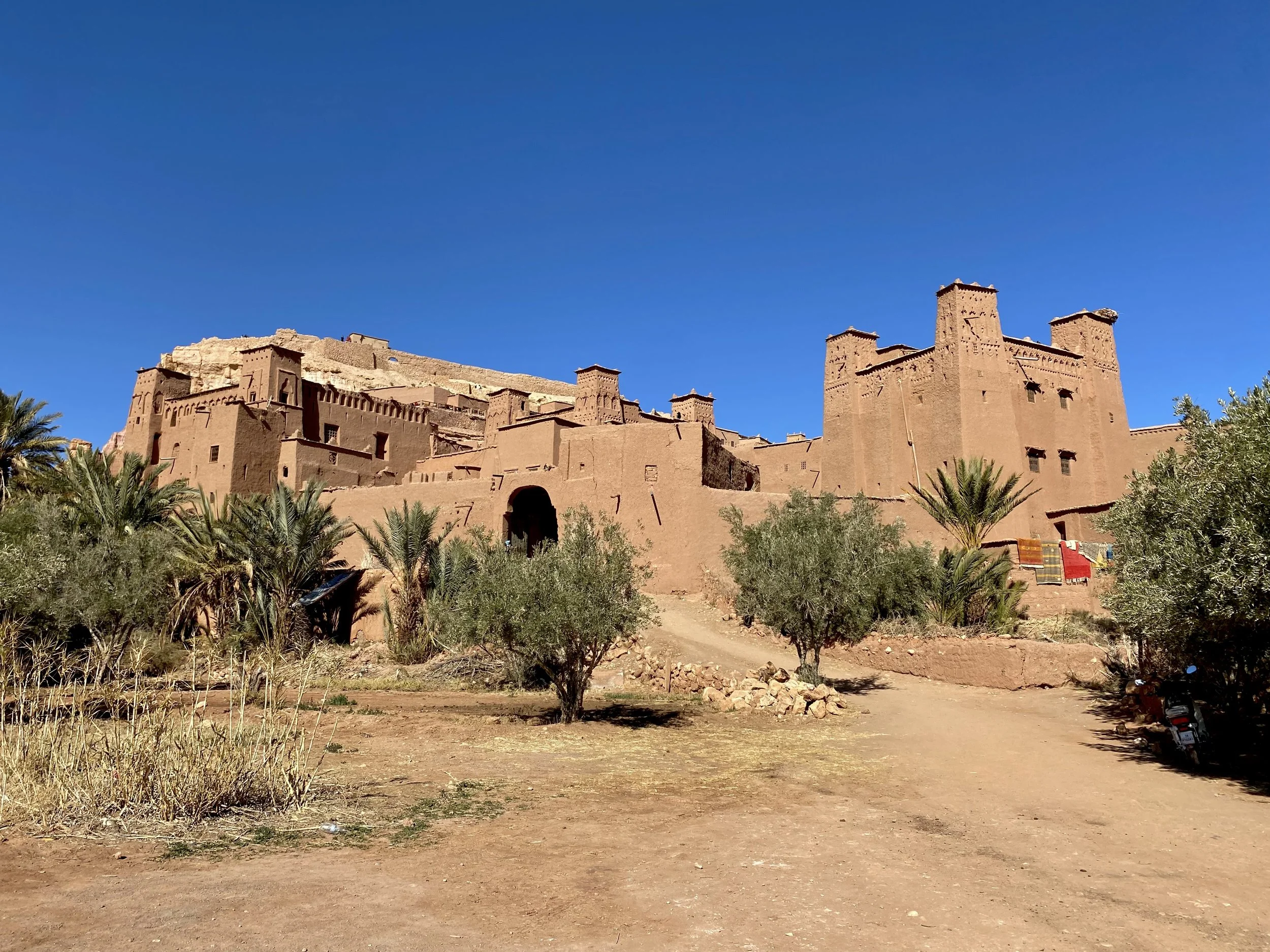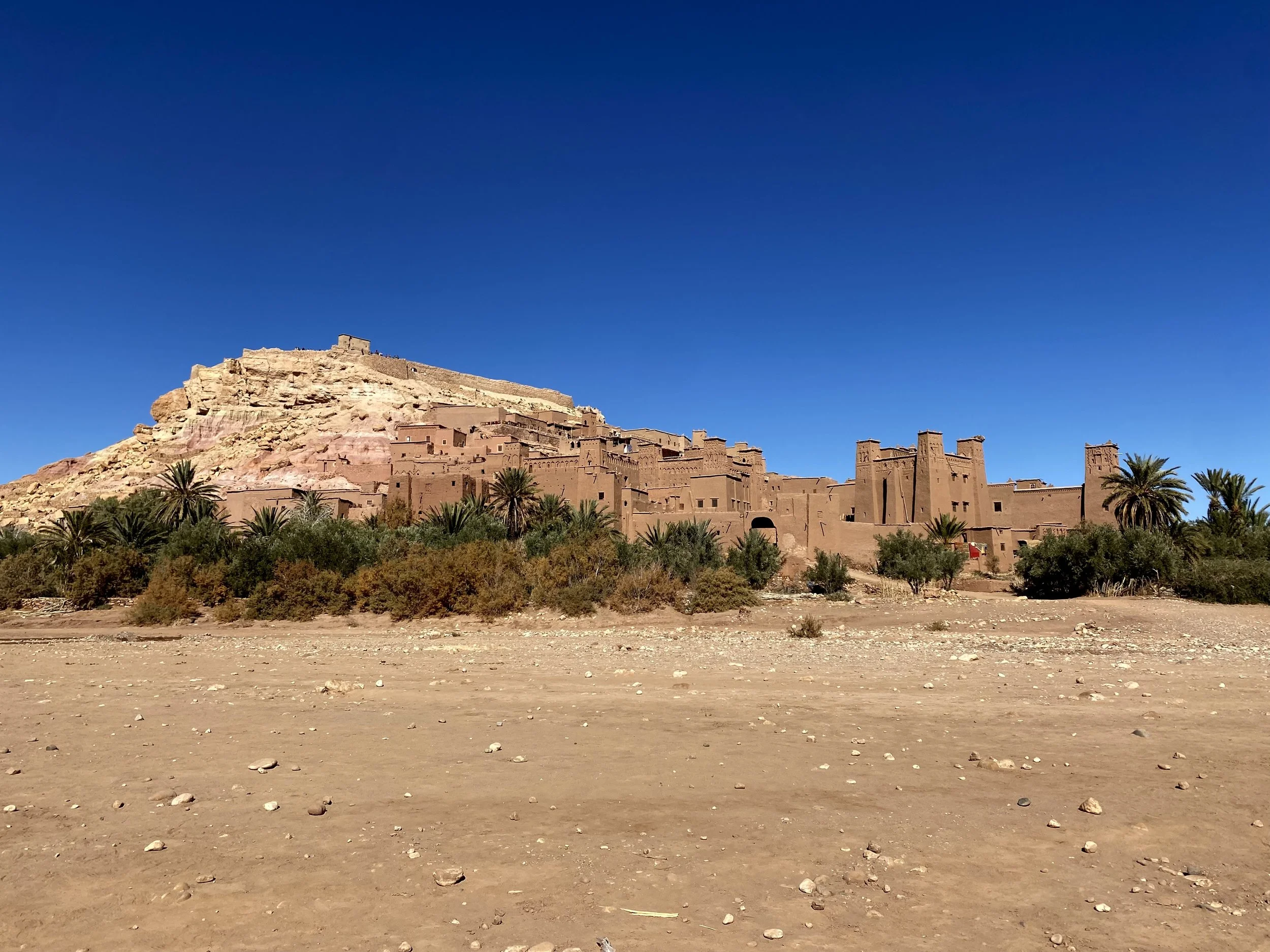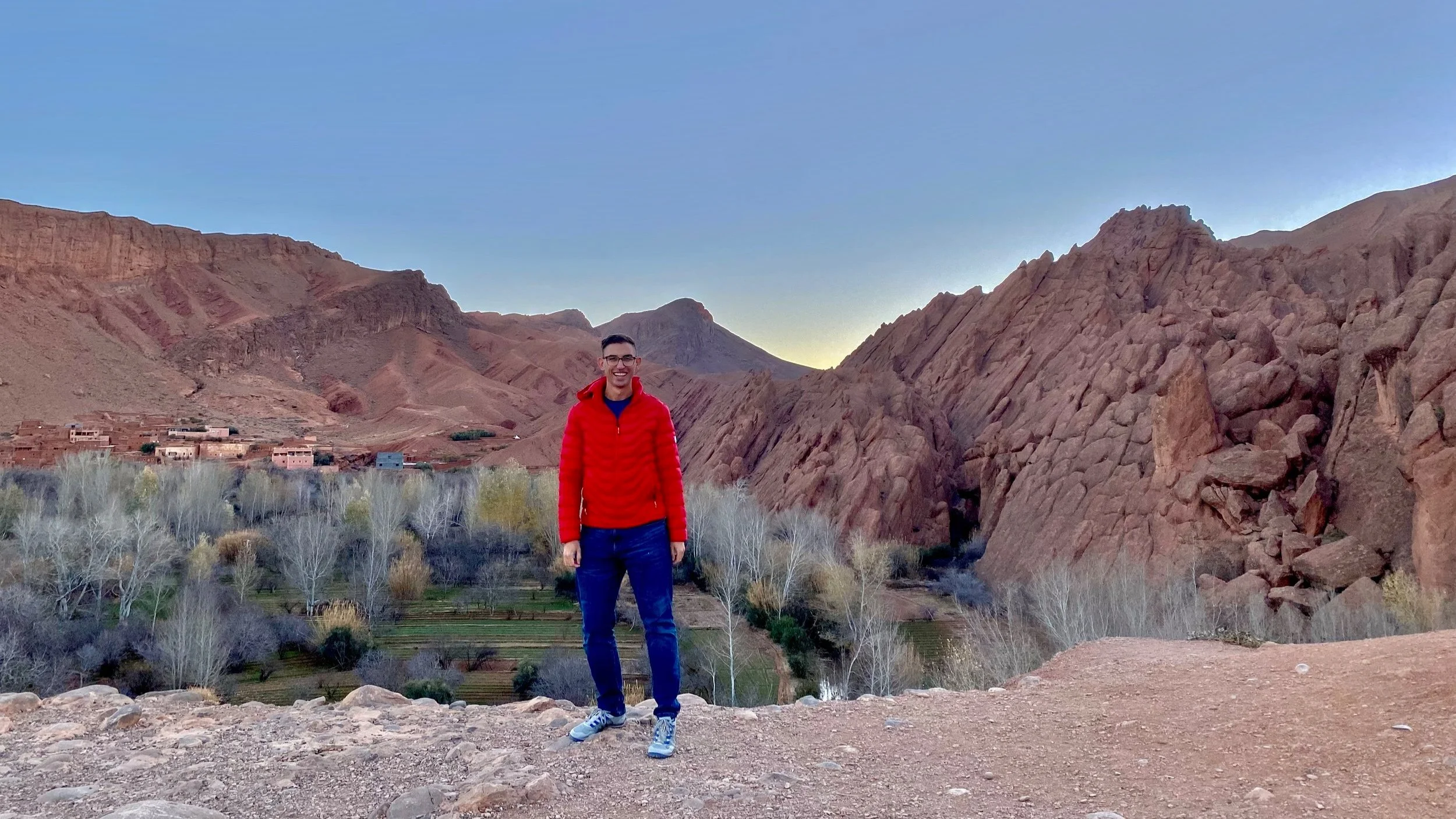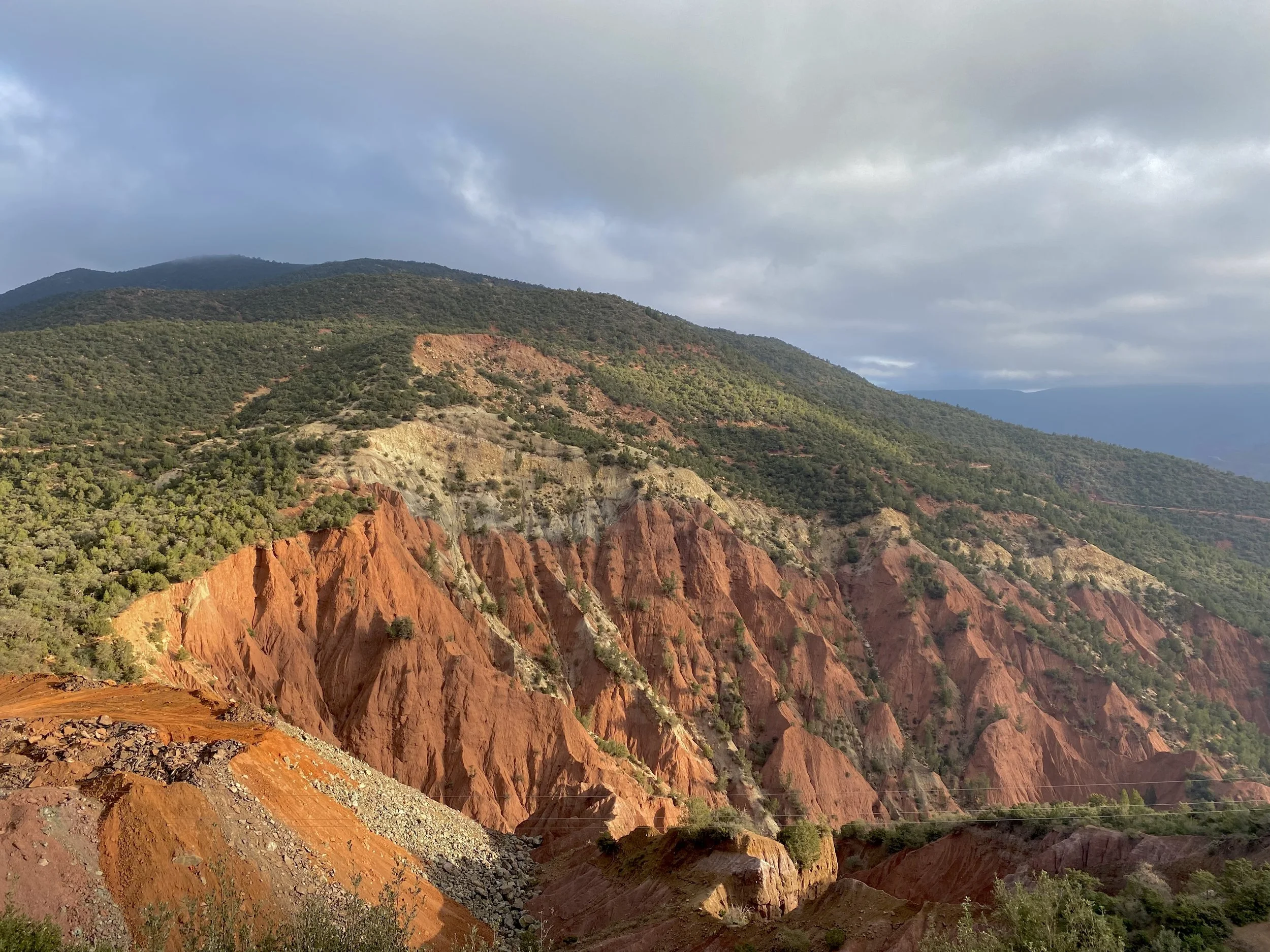Glimpse Berber Life on a Sahara Tour
An Indigenous Culture that has Survived Modernization
The Berber (alternatively, Amazigh) ethnic group is the indigenous population of Morocco - and makes up about 40% of the country today. Another 40% of the population claims to be a mix of Berber and Arab ethnically. These tribes were the original inhabitants of Northern Africa - a mix of nomadic and non-nomadic villages that have a long history of maintaining trading routes through west and Sub-Sahara Africa.
Today, the Berber culture is maintained (and worn with pride) - with the tribes speaking their own dialects of the Berber language, maintaing their homes in the Atlas Mountains and Saharan deserts, and preserving large parts of their cultural heritage. One of the most common things to do in Morocco is to take a tour through the traditional (and largely modern) territories of the Berber people - the Atlas Mountains and the Sahara Desert.
These tours are easy to book out of Fez or Morocco - and usually incorporate a blend of enjoying natural beauty, archeological gems, and cultural heritage. I chose a 3 day 2 night tour that left Marrakesh and ended in Fez; in truth, I think I would’ve preferred extending my desert stay by one night or booking something with a hike.
Camp in the Sahara with Berber Locals
A bit like Wadi Rum in Jordan, the Berber people maintain tents to camp in in the Sahara desert. During a stay at one of these camps, most tourists explore the area by foot, camel, or jeep - and enjoy traditional food and teas. At the end of the night, the employees usually entertain guests with traditional music around a fire - and under the stars.
If you’re like me and don’t want to ride a camel, be sure to ask what the itinerary includes when booking your excursion. I accidentally booked a tour with four hours of camel riding through the desert which, for me, quickly turned into four hours of walking next to a camel, petting it, and apologizing for my mistake.
Tour Aït Benhaddou
Along the trading route between the Sahara and Marrakesh is a UNESCO world heritage site that has been a filming location for many prominent movies - including The Mummy and The Gladiator - as well as The Game of Thrones. It’s a preserved example of traditional Berber earthen clay architecture - which uses local clay and straw to construct buildings.
The city looks like it’s hewed form the land itself - almost as if it’s a natural formation. Expect to spend a couple of hours strolling through this ancient city.
While the city is still occupied by a few families, most have chosen to move to the new village for the conveniences of modern life. UNESCO has a project to add some modern amenities to the ancient city to encourage local families to move back into the traditional homes - which they still own but go unused.
Marvel at DADES VALLEY
In the High Atlas Mountains is a truly stunning landscape along the Dades River - the Dades Valley. Against the barren rock mountain backdrop, there is a series of lush, verdant gardens that grow out of the river. The combination has the feeling of an oasis - of life coming from nothing. Driving through this area of the Atlas Mountains had me rapt at my window the entire time.
Other Highlights
All the tours will vary slightly in what you get up to. While the specifics may change, the general plan will likely follow the same contours. Here are some other things I got up to on my trip:
Tour a Berber village with a local: Most tours should stop at a small city inhabited by Berber people - and include a tour with a local guide that will show you how they farm, where they live, and how they make crafts. The city my tour stopped in was Tiydrine. Be sure to tip your guide (and if you have space in your bag and home, buy some local crafts).
Enjoy the Atlas Mountain View Points: The High Atlas Mountains offer some breathtaking views - and you can expect your tour bus to stop at some prime photo spots.
Walk Through Todgha Gorge: In the eastern part of the High Atlas Mountains, the Todgha and the Dades have formed a large canyon. The last section of it is particularly nice to walk through - with a narrow passage between two cliffs that rise over 1,000 feet.
Explore Ouarzazate: Not far from Aït Benhaddou, Ouarzazate is a common tourist stop for its traditional clay architecture palace (Kasbah of Taourirt) and for Atlas Studios - the production company for the filming of movies and TV shows in the area.
In terms of booking your tour, I would make sure you have a stay at a camp in the Sahara and a stop at Aït Benhaddou. As for the rest, I recommend just going along for the ride and enjoying what you see.








